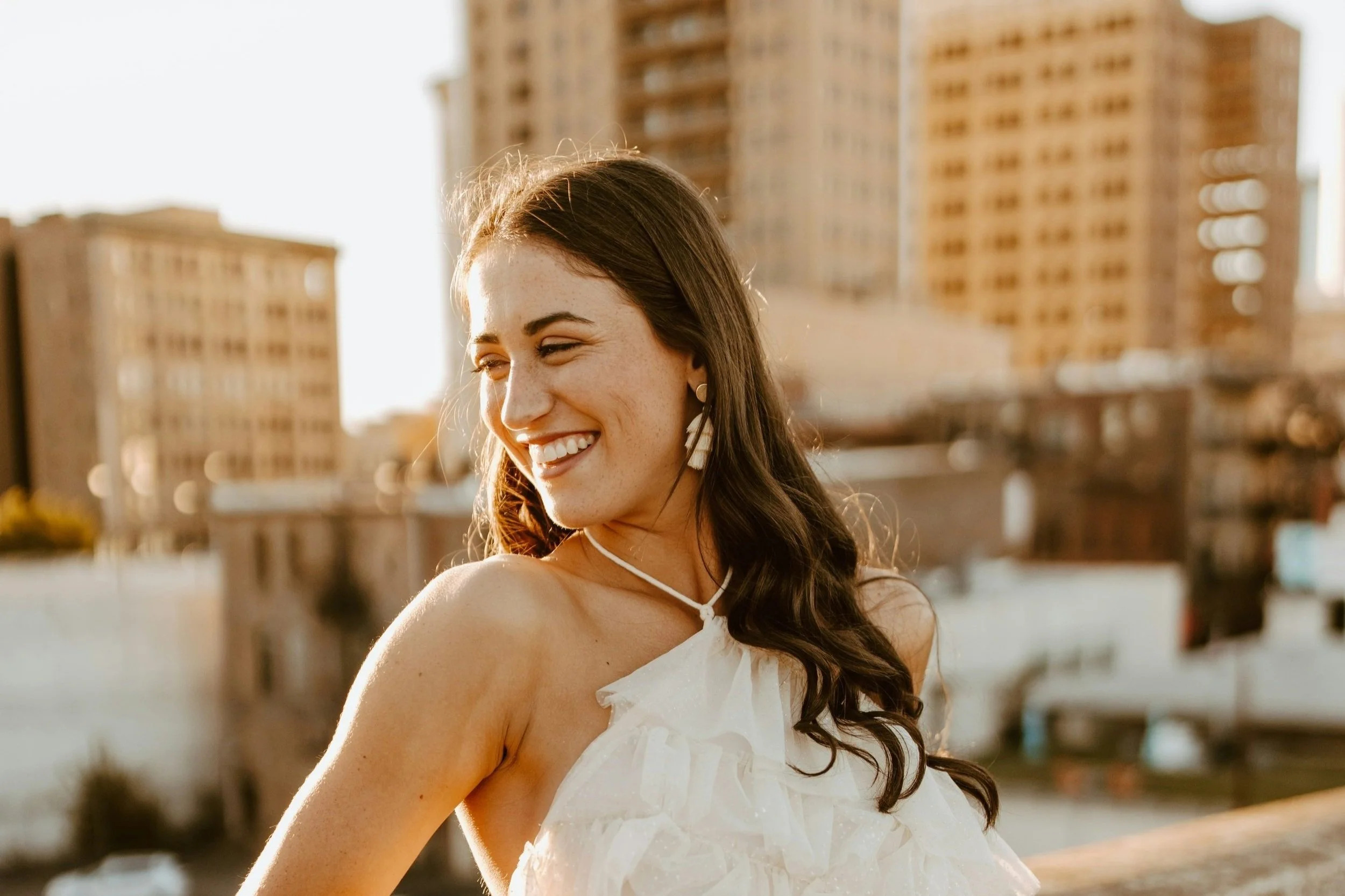Quieting the Mind Through Guided Drawing
When anxiety speaks too loudly, guided drawing offers a quiet path to healing.
Anxiety can feel like a storm in your body, restless, tight, hard to name. For many adults, it’s a constant hum in the background: the overthinking, the racing heart, the sleepless nights. And while words help some, they’re not always enough.
Healing doesn’t have to begin with talking. Sometimes, it begins with guided drawing.
What is Guided Drawing?
Guided drawing is a body-based, expressive therapy approach that helps adults cope with anxiety by engaging the hands, breath, and imagination. With the support of a trained professional or through simple self-led practices, individuals draw shapes, lines, or images that reflect how they feel inside.
There’s no pressure to create “good art.” The goal is emotional expression, nervous system regulation, and inner healing, all without needing to say a word.
A Calm Companion to Anxiety
Anxiety thrives in silence, tension, and disconnection. Guided drawing interrupts that cycle by offering motion, focus, and relief. Drawing can give form to feelings like fear or overwhelm in a way that feels safe and contained.
You might begin by drawing a spiral when your thoughts race. You might trace lines that mirror your breath. These simple actions help anchor you. They bring you back to your body and the present moment, a key part of healing.
Reconnecting with Your Body
Anxiety often disconnects us from our bodies. You may feel too tense to relax or too numb to feel anything at all. Through guided drawing, you reintroduce yourself to the quiet rhythm of your body.
As you draw slowly, shading, tracing, doodling, your breath softens. Your thoughts slow. This isn’t just art. It’s a subtle practice in self-regulation and healing. The gentle movement of the hand creates a soothing feedback loop to the brain, reminding you that you are grounded, here, and safe. Each stroke becomes a small act of presence, a return to yourself. Over time, these drawing rituals can become a soothing, almost meditative practice, a moment of peace on an anxious day.
When anxiety dominates, it can feel like you’ve lost your sense of choice. Guided drawing gently restores it. You decide what tool to use, what movement feels right, what image you want to create. These micro-choices are acts of empowerment. They remind your nervous system that you are safe, that you are in control, and that healing is possible, even if it’s slow.
You Don’t Need to Be an Artist
You don’t need to be creative. You just need to be open.
Guided drawing is not about talent, it’s about truth. A messy scribble, a soft circle, a bold splash of colour, each mark is a reflection of your inner world. And letting those feelings live on paper is a powerful step toward healing from anxiety.
You don’t need fancy tools. A blank page and a pencil are enough. Start small. Be curious. Let your hands speak where words can’t.
Try this:
Draw your breath as a line.
Use colour to show how your anxiety feels today.
Shade a space on the page that feels “safe.”
Healing Your Mind
If you’re living with anxiety and looking for a gentle, creative outlet, guided drawing may be the start of something transformative. This practice doesn’t demand that you explain or analyze, it simply asks you to show up.
Let healing begin with movement. Let your pencil become your voice.
Reach out to us now to learn more, or book a free 15-minute consultation with one of our experienced therapists.

